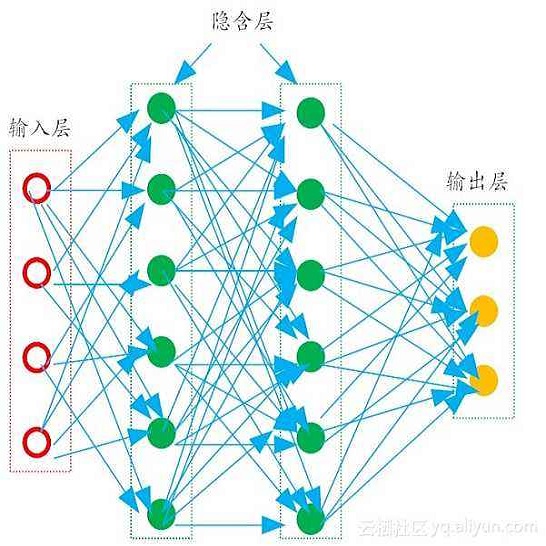Speed-control forecasting, a challenging problem in driver behavior analysis, aims to predict the future actions of a driver in controlling vehicle speed such as braking or acceleration. In this paper, we try to address this challenge solely using egocentric video data, in contrast to the majority of works in the literature using either third-person view data or extra vehicle sensor data such as GPS, or both. To this end, we propose a novel graph convolutional network (GCN) based network, namely, EgoSpeed-Net. We are motivated by the fact that the position changes of objects over time can provide us very useful clues for forecasting the speed change in future. We first model the spatial relations among the objects from each class, frame by frame, using fully-connected graphs, on top of which GCNs are applied for feature extraction. Then we utilize a long short-term memory network to fuse such features per class over time into a vector, concatenate such vectors and forecast a speed-control action using a multilayer perceptron classifier. We conduct extensive experiments on the Honda Research Institute Driving Dataset and demonstrate the superior performance of EgoSpeed-Net.
翻译:速度控制预测是驱动器行为分析中的一个具有挑战性的问题,目的是预测驱动器今后在控制车辆速度(如制动或加速)方面的行为。在本文中,我们试图仅仅利用以自我为中心的视频数据来应对这一挑战,而与文献中大多数使用第三人视图数据或额外车辆传感器数据(如全球定位系统)或两者兼用的大部分文献相比。为此,我们提议建立一个基于EgoSpeed-Net(GCN)的新颖的图形革命网络(GCN)网络,即EgoSpeed-Net(GCN)网络。我们的动机是,随着时间的变化,物体的位置变化可以为我们预测未来的速度变化提供非常有用的线索。我们首先使用完全连接的图形,用框架来模拟每一类物体之间的空间关系,然后使用完全连接的图形,在其中顶端应用GCN进行特征提取。然后我们利用一个长期的短期记忆网络将每类特性结合到矢量中,对此类矢量进行分类,并用多层过感官分解器预测速度控制动作。我们在Honda研究所的驱动数据集上进行广泛的实验,并展示EgoSpeedNet的优性表现。





